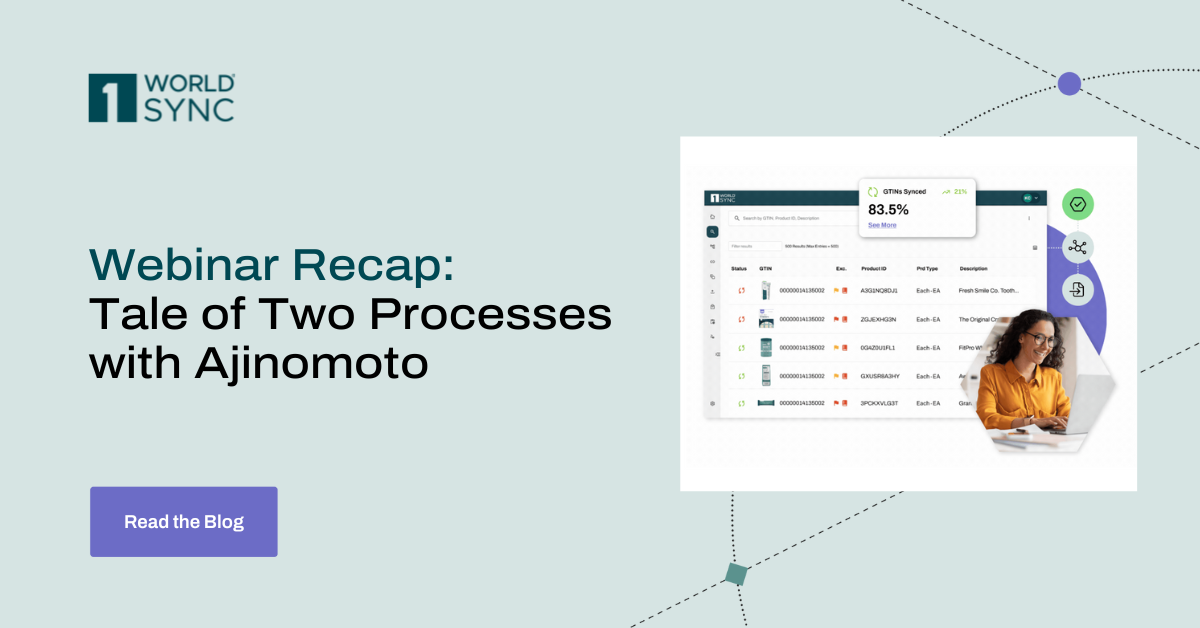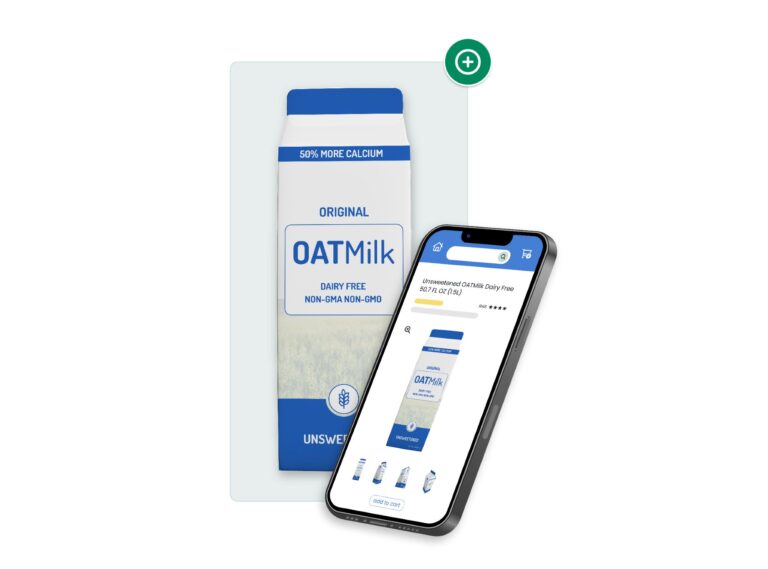Artificial Intelligence (AI) – No use without data quality and data competence!
November 7, 2018

Term artificial intelligence (AI) is the umbrella term for computer applications in which machines – like humans – make decisions in an ambiguous environment (i.e. solve problems independently). The basic idea is to create a convergence of central functions of the human brain through machines, such that the applications should be able to both and judge. These applications include machine learning and deep learning. In machine learning, researchers train a machine for specific tasks. Here, they do not stubbornly memorize individual examples but rather are able to recognize certain patterns and can later classify unknown data themselves. In deep learning, an artificial neural network solves tasks that are difficult or impossible to describe with mathematical rules. For example, these include the automatic recognition of speech or the recognition of cat and dog pictures¹.
AI can be used diversely in a company. It is particularly useful in areas where large amounts of data are generated. It can simplify workflows, enable better forecasting and can even create new data-based business models². KI optimizes production processes in manufacturing and logistics. Machine failures can be predicted by evaluating sensor data. Image recognition can detect material defects in products in the sense of a QA measure. KI controls complex logistics chains in order to save time and costs³. Especially in the area of supply chain and logistics, the possible economic added value worldwide is estimated at $1200 billion per year through the use of KI⁴.
This use of artificial intelligence can only be successful if the right data is available. After all, they can only form the central raw material of learning machines in a high data quality. If, for example, an application receives incorrect or too little data during training, it remains unintelligent and can even make the wrong decisions⁵. Accordingly, a high level of data literacy in the user company is important in connection with AI. Data literacy primarily means providing data in the necessary data quality. Only in this way can the machine – like the human being – learn carefully, analyze and draw the right conclusions.
Sources:
¹ see Wirtschaftswoche, issue 31 of 27.07.2018, p. 21 & https://news.sap.com/germany/2018/03/was-ist-kuenstliche-intelligenz/ [retrieved 07.10.2018])
² see https://news.sap.com/germany/2018/03/was-ist-kuenstliche-intelligenz/ [retrieved 07.10.2018]
³ see Wirtschaftswoche, issue 31 of 27.07.2018, p. 21
⁴ see Wirtschaftswoche, issue 31 of 27.07.2018, p. 18 and https://mck.co/2Mu96mf, p. 20, Exhibit 11 [retrieved 07.10.2018]
⁵ see Wirtschaftswoche, issue 31 of 27.07.2018, p. 22




